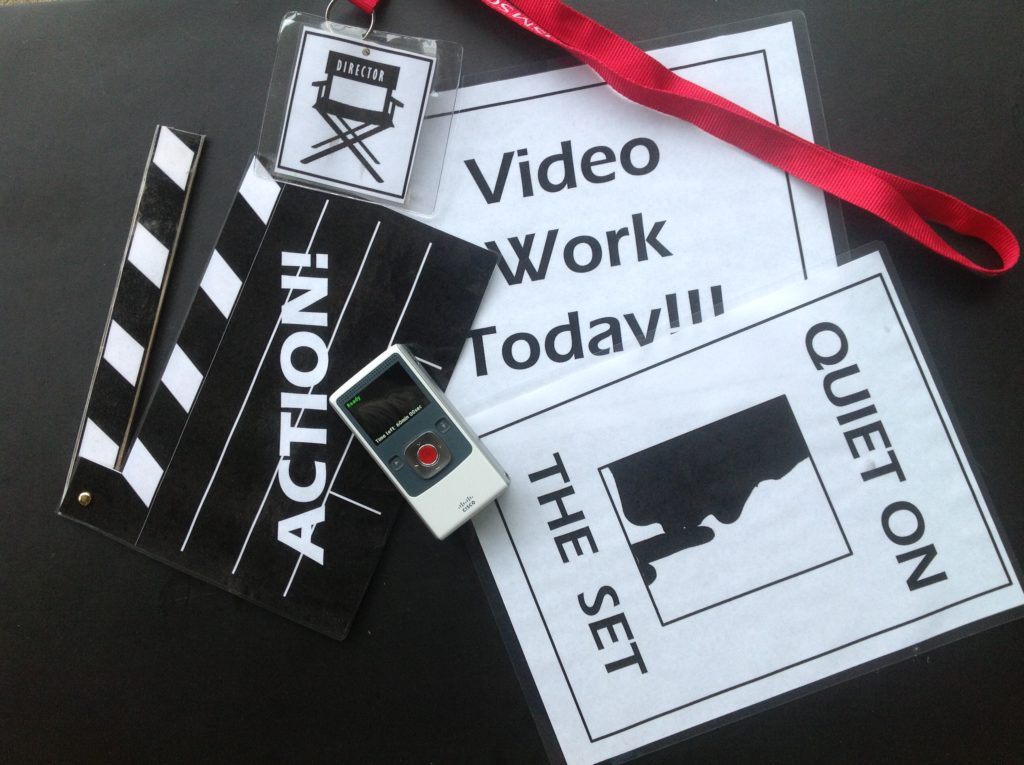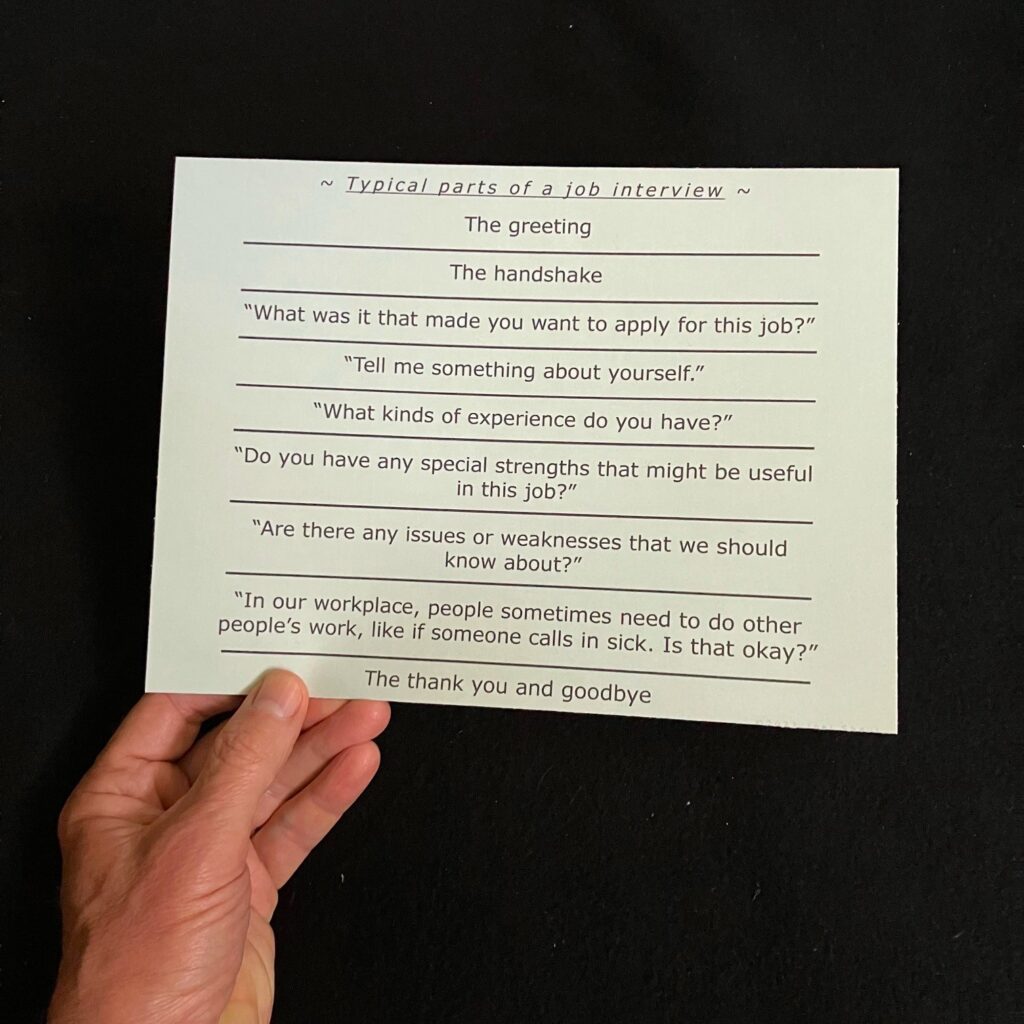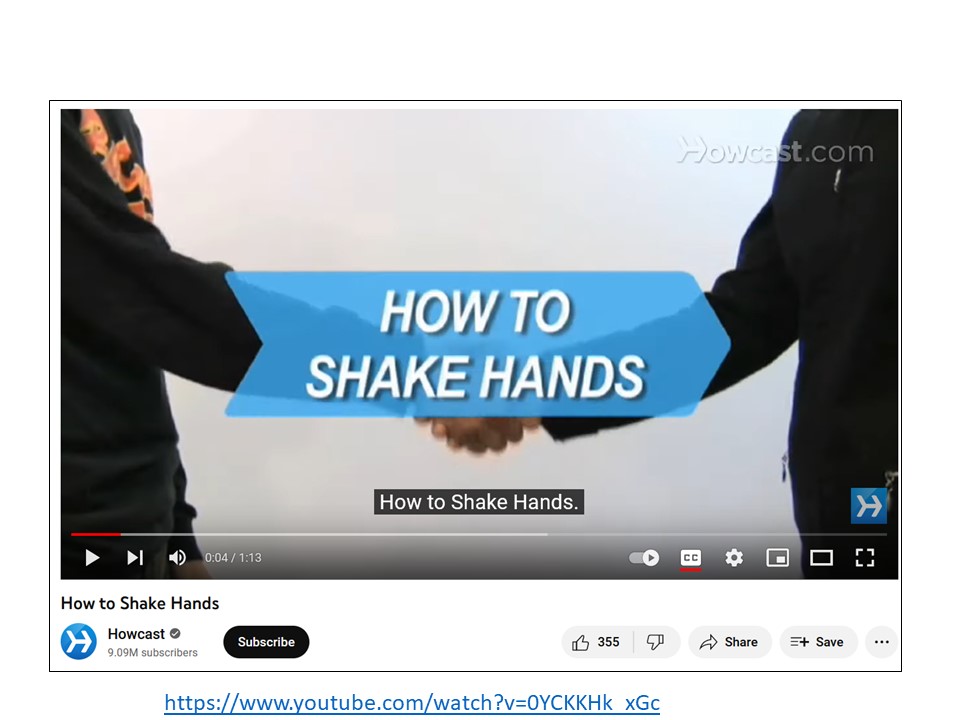Almost all of us find interviewing for a job to be a daunting social experience.
There is so much at stake in a short, intense conversation. And everything about us – our words, demeanor, appearance, and life history – is under focused scrutiny.
Young people on the autism spectrum preparing for job interviews often feel this pressure with great intensity. The demands to answer unfamiliar questions and make a good impression can feel overwhelming to them.
In my own work helping young people with ASD to cope with social and emotional challenges, I have spent many hours helping individuals and groups to get ready for job interviews. My impression overall is that my clients have enjoyed this work and benefited from it. Some have told me later that job interview practice really helped them feel more confident and competent in a job interview.
Here I would like to summarize some of the methods I have used to boost job interview skills in young people with autism.
Raise awareness about realities of employment and the role of employers and employees.
Young people in general, and those with ASD in particular, often lack essential knowledge regarding the employer/employee relationship. So far in their lives, the adults in the lives of young people have been primarily parents and teachers providing nurturance and education. In employment, it’s different – you are the adult now, the one providing the service to others.
Parts 1, 2 and 3 in this series are to reinforce basic knowledge about employment. If you have not done so already, I suggest you reference at least some parts of the earlier resources before attempting practice job interviews.
Obviously, the responsibilities of employment may be beyond the capacity of some of our young adult clients, who might be very strongly affected by some debilitating aspects of ASD or by co-occurring issues such as intellectual disability or clinical anxiety and depression. Still, in my own work in groups and classrooms, I have generally had everyone take part in workplace awareness education and job interview practice, including individuals who did not appear ready to move into conventional work situations. I feel those not destined for regular employment still benefited by learning important information about what employment is like.
A great way to build interest and awareness about employment is to show YouTube videos on the subject.
There are so many terrific videos. For example, the one below, by Cory Morrison, a young adult with autism, is well worth watching. Click on the image to access it.
Find other videos to help build practical knowledge about job interviews.
I have used the “Snagajob” series below over and over again. It has a tone of levity, but is very informative. It focuses on an aspect of job interviewing that many people with autism find especially difficult: answering tricky questions.
Address non-verbal elements of job interviewing.
Points of discussion should include:
*Shaking hands. See the video below. I have spent whole sessions practicing this with individuals and groups.
*Non-verbal Do’s and Don’t’s of job interviews. Years ago, in a practice job interview, a student of mine elected to end the interview by skipping the handshake and giving me, the interviewer, a warm embrace instead.
*Eye contact. Troubleshoot workarounds for when someone is expected to use eye contact but they have an aversion to doing this.
*Posture.
*Attire and hygiene.
*Voice tone. The video mentioned before, by Cory Morrison, addresses this effectively.
Increase awareness of the most common interview questions, and acceptable replies.
Print out the single-page list of common interview questions. When you start with the practice interviews, I suggest you mainly stick with these questions at first.
Video the practice job interviews if you can! Most young people really like this, and it makes practice interviewing a much more effective teaching tool.
I have a tutorial on simple ways to do video modelling. I hope you will try doing this.

Joel Shaul, LCSW
Intro: Workplace preparation resources for young people with ASD
Part 2: Workplace preparation – printable teaching panels
Part 3: Workplace preparation – Q & A cards
Part 4: Job interview skills – how to teach it and provide practice





